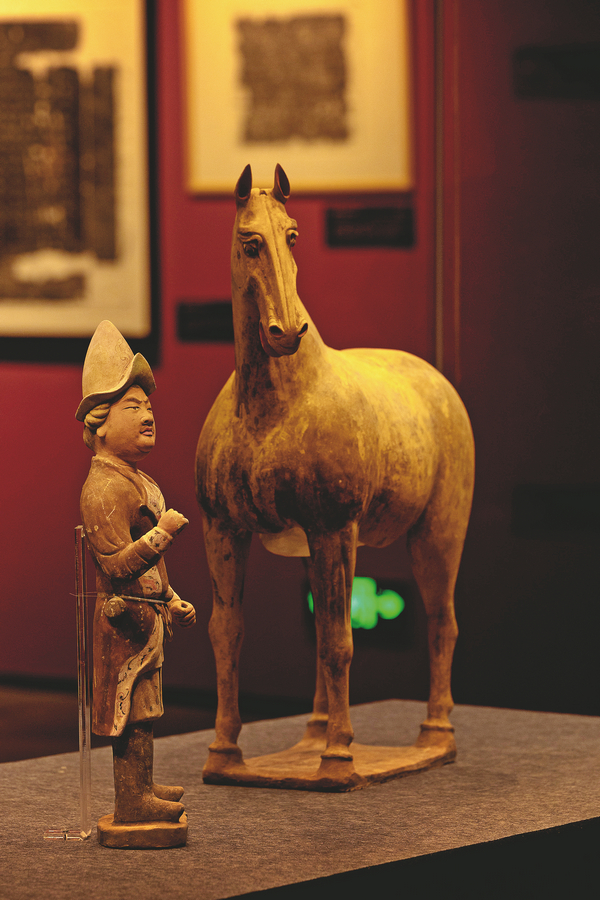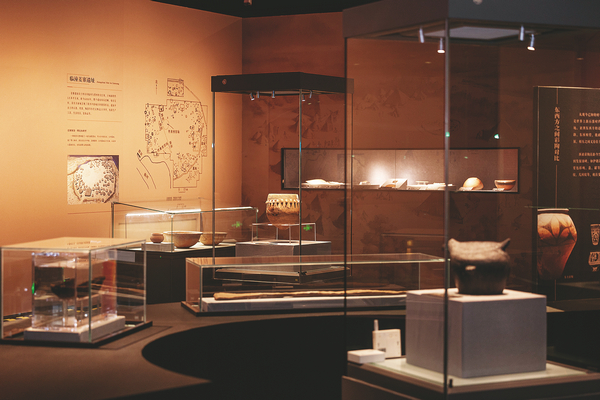Exhibition highlights artifacts from key heritage sites


Painted ceramic horse and groom, relics from the collection of the Shaanxi Academy of Archaeology. CHINA DAILY
But time constraints also added to the pressure. Each artifact had to be meticulously positioned, with adjustments to lighting, placement, and overall presentation made to ensure a cohesive narrative. These fine details required countless rounds of refinement.
Zhang emphasized that the purpose of showcasing history is not just to reflect on the past but inspire the present and future. Recognizing the interests of young audiences, the exhibition incorporates modern elements such as interactive installations and LED displays. These features bring a sense of movement and life to the exhibition, while digital panels and videos delve into the stories behind the artifacts.
Spanning 2,200 square meters, the exhibition is divided into five sections, each representing a different stage in the cultural and historical development of the Silk Roads and the Grand Canal.
The exhibition begins with an exploration of the early connections between cultures in the Neolithic period. It moves on to the flourishing trade routes of the Han Dynasty (206 BC-AD 220) and the interplay of overland and sea networks during the Tang Dynasty (618-907). It also highlights the dynamic evolution of maritime commerce from the Song Dynasty (960-1279) to the Opium Wars in the mid-19th century, before concluding with a look at how the Belt and Road Initiative continues this legacy in the modern era.
"Visiting an exhibition is like watching a play — different people may have different interpretations. Our goal is to present history in its most authentic and engaging form, inviting every visitor to discover their own connection to the past," Zhang said.
chenye@chinadaily.com.cn

The exhibition, titled The Starting Point of the East — A Cross-Time and Space Dialogue Exhibition between Ningbo and Xi'an on the Maritime and Overland Silk Roads, is on at the Ningbo Museum. CHINA DAILY







